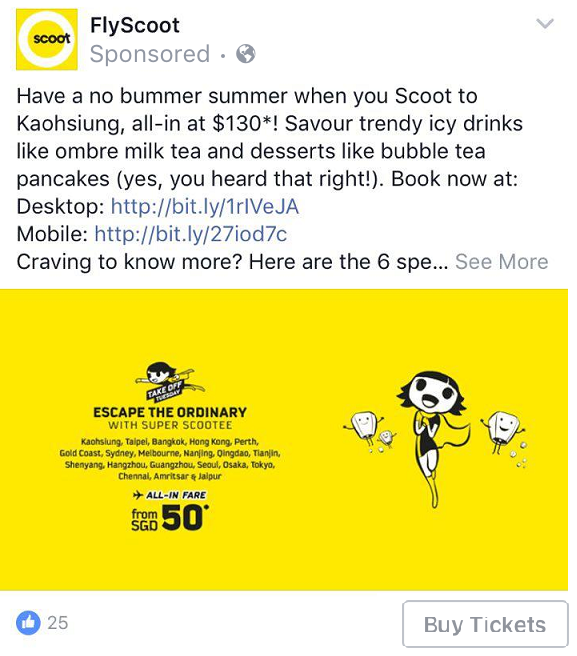Over the past 12 years in advertising and PR, it’s fair to say i’ve been in my fair share of client meetings. Big, small (and most recently without face-to-face interaction) I’ve seen and sat in all types.
And the king of client meetings is undoubtedly the pitch. Like a first date – this is the make or break of whether you’ve got a dud catch-up that goes nowhere, or the blossoming of a beautiful relationship.
The nature of these meetings is one of secrecy. Everyone is keeping their cards close to their chest, no one wants to give away too much to a stranger.
Well, in Mutant’s spirit of transparency – I’m here to lift the agency veil on some of the most common questions that clients might have during the process, and what the agency is thinking.
The agency has asked me for my budget before they start working on the pitch – but if i give it to them, then won’t they just use it all?
Well, that’s kind of the point of a budget.
I mean, I get it – the idea is that if you don’t tell the agency a budget, then you get a true sense of what the work is worth. Not just something that matches your number.
Take it from me – sharing the budget you’re willing to spend up front is the single best way you can get to a great solution in a good timeframe. It gives a guardrail for the agency to operate within, and it means the ideas presented are actually viable. Not ridiculous stuff that could never actually be made.
If you want to save some money from your marketing budget, then take that discount into account before you give the agency the budget. Better yet, give a ballpark range of budget. It gives you the flexibility to not commit to the exact dollar amounts, and a good agency will see this as a way of showing how their core ideas can extend, if the client appetite is there.
OK so I’m in the pitch process. And a load of agencies are lined up to present to me. Aside from answering the brief, how should I judge the agency?
Think of the pitch process like interviewing a new employee. Sure, a slick presentation is an indicator in pride of work and a great ability to communicate ideas and strategies.
Every agency should be able to do their pitch presentation well, as a base level of competence.
But like that unqualified friend you know somehow got that dream job against all logic – agencies will also talk about themselves and project themselves in a favourable light. Of course they will. They want your business. They’re not going to say anything bad.
So just like vetting that prospective employee, the best way to judge if they’re suitable for the future is to look at their past. Review what results they’ve done in the past (case studies with hard objective metrics), get referrals from other clients that they have worked with, and do your research on their previous creative ideas to get a flavour of their ambition.
How can I know the team working on my brand?
I’ve been in countless pitches in previous agencies where the senior people will be in there just for the meeting itself. They’re experienced, they’ve been in a load of pitches, so they’re gonna impress you with their delivery. I’ve had Creative Directors fly in for just the meeting to impress the client.
My only advice is to ask this one question – ‘who will actually work day-to-day on my account’. If there is a team member that isn’t in the room, why aren’t they there? And if someone is in the meeting, whilst not being on the team, why are they there? You’ll quickly discover whether the agency is just trying to impress you in the room, or looking to set up an authentic relationship up front.
The agency’s initial ideas – they’re not quite right
This is one of the most common issues agencies have to combat in the first meeting.
The simple answer is of course the ideas aren’t 100% right. The agency is operating off a written brief, google searches and scanning your website. They’ve got no clue on your internal discussions, and the brand’s history among other things.
Most of the great ongoing client relationships I’ve had in my career were won on pitch ideas that never got made.
The execution of an idea can be changed easily, but the rationale, and the decisions behind it are what you want to judge the agency on.
Sh*t – the quote is expensive! Can they bring the cost down?
Short answer – yes. But there’s only three realistic ways they can do it:
- Reduce the seniority of staff on the account – having less senior team members means the head hour rate comes down.
- Reduce it and ‘take a hit’ – because they want to work with you.
- Change the deliverables – reducing some, increasing others, to fit within your budget.
If your agency does reduce the cost for the first reason, it should raise a red flag. Sure, your budget is now met – but your work is going to suffer eventually. Any agency can throw interns at a problem to reduce the cost of head hours. The good agencies will stick to their guns and give you the right resource for the job.
The second reason? Well, this is even worse. If an agency can reduce it without giving you a credible explanation – then it means that they were either overcharging or they are willing to commit business suicide for the sake of getting a client. Both are not great – because every cost they give in the future will create doubt.
The best way to get to your budget is obviously option three. It figures out a middle ground of deliverables that get the maximum use out of your budget, whilst not killing the agency. Over time, once the agency shows it’s worth, the budget usually opens up to drive even more results.
If the agency manages to get the budget down, then I would encourage you to ask them how they did it – and judge accordingly.
What else should I know?
The one thing to know about pitches is that for the agency, it is a time of complete and utter stress. It is effectively an unpaid project, that is piled onto existing employees workloads, which may go nowhere.
I’ve had pitches in previous agencies that have totalled over $300,000 in internal fees. I’ve also had pitches where we worked for months, only to be asked to send the document over a procurement platform and be informed that we didn’t win via automated message. No context, no chance to present, nothing. Months of effort and stress down the drain via a single sentence in an automated email.
It’s part of the game, but just know that if something isn’t perfect, or you’re not going to proceed with a certain agency, then it’s good to be a little understanding. Because behind that shiny document lies a lot of late nights, stress, and effort, with the faint glimmer of hope of a new client relationship.
Appreciate our honesty? Chat with us at [email protected]





